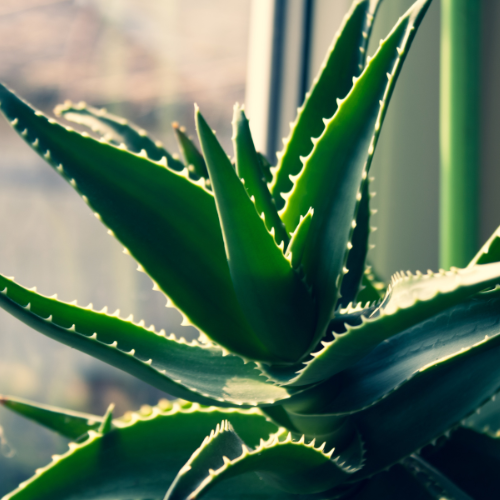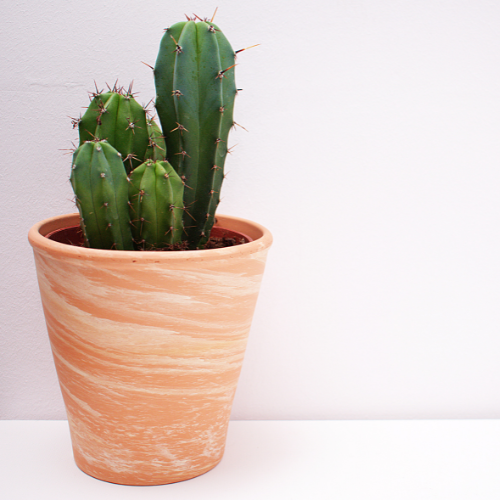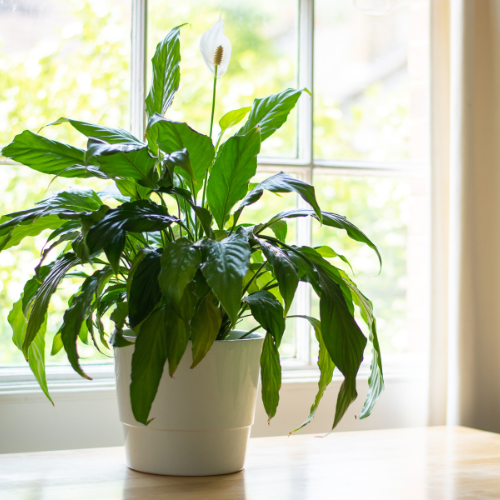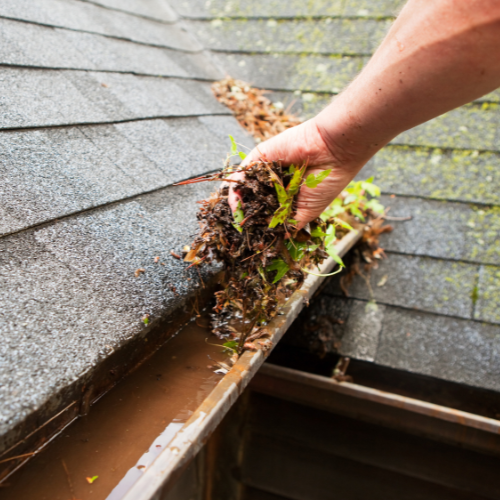How often do you think about the air quality in your home? Many people don’t, but it’s important to take care of your family by making sure that they are breathing clean and fresh air. This blog post features the 21 best house plants for purifying the air indoors. These plants will be great additions to any room and can help improve health as well!
Aloe vera
Aloe vera features in hundreds of products for everything from sunburn to skin conditions. But did you know you can easily grow your own at home? Aloe is best for removing toxins from the air and at its best in a sunny window. If there is an extremely large amount of chemicals in the air, the leaves will develop brown spots – a great warning system.

Areca palms
Areca palms are best for removing formaldehyde and other harmful chemicals from the air. They require direct sunlight, so they’re best in rooms with large windows that receive lots of natural light throughout the day.
Originally from Madagascar, these plants need plenty of watering during the growing season and summer but less in winter. They are non-toxic to cats or dogs.
Bamboo palm
The bamboo or reed palm does well indoors without much care needed to keep it alive. It likes moist soil and a good flow of air – mist it occasionally to keep spider mites away.
It’s best at removing benzene, formaldehyde, and trichloroethylene from the air. They also restore some of the moisture to the air to help to stop that horrible dry air feeling in winter when windows are shut and the heating is on.
Boston ferns
The Boston fern is best for removing xylene and other toxins that can be present in homes as well as purifying the air by adding oxygen to it.
These plants thrive best with lots of water so make sure they have a daily misting. They create sword-shaped leaves that are attractive and work well in a hanging basket. In winter, cut back the leaves by around 2 inches to encourage new growth in spring.
Broad Lady Palm
The best house plants for purifying the air indoors, are lady’s palms. They do best in filtered sunlight and moist soil so make sure that they’re misted daily to keep their leaves fresh and healthy-looking.
Cactus
Whether it’s prickly pear or a variety of other types cacti help cleanse the atmosphere from carbon dioxide and add oxygen to the air. You can place it in a pot, or cactus garden on your windowsill.

Chinese Evergreen
Chinese evergreen is best at removing toxins from your air as well as adding oxygen to it. It can thrive in low sunlight and moist soil so don’t be afraid if they need a lot of water!
Chrysanthemum
‘Mums’ are a popular bouquet flower but can easily be grown to help improve air quality in the home. They only bloom for about six weeks and the flowers are the most important part of the purification process. Also, be careful with pets as they are toxic to both cats and dogs.
Chrysanthemum is best at removing carbon monoxide and other chemicals from the air. It also can remove formaldehyde, trichloroethylene, and benzene so make sure you have one nearby if any of these are present in your home!
Dracaena
This plant is best for removing xylene, toluene, and other toxins that may be found in the air of your home. It will also add oxygen into the air which makes it great in rooms with little natural light or places without windows at all.
Keep soil for the plant damp but not soggy as overwatering will kill it. Avoid allowing cats or dogs to eat it as it may cause them to salivate or even vomit.
English Ivy
English Ivy is a natural climber and can fill in a wall with the right support. Different varieties prefer different light levels so read the label before buying. Water generously but be careful not to overwater in winter. They are considered toxic to humans and animals if eaten and some people can experience contact dermatitis if they touch the sap of a broken branch.
Removing more chemical pollutants than any other common house plant, English ivy helps improve the quality of indoor air by removing formaldehyde. As an added benefit, it can help remove mould spores from the air and cleanse surfaces in your home.
Ficus Tree
This plant comes from south-eas Asia where it is a popular houseplant and can grow to 10 feet tall. It likes to be watered each week but fully dries out between sessions.
Ficus trees are best for removing formaldehyde, benzene, and carbon monoxide from your air. They do best in filtered sunlight so make sure to place them in a room with lots of windows or natural light.
Gardenia
The best house plant for purifying the air indoors and adding oxygen to it is gardenias! This plant is best for removing formaldehyde, xylene, and other toxins that may be found in your home. It will also add oxygen into the air which makes it great in rooms with little natural light or places without windows at all!
Gerbera daisies
Surprisingly best at removing a variety of toxins including benzene, trichloroethylene, and formaldehyde Gerberas are best placed out in direct sunlight to keep their beautiful petals healthy and vibrant.
Golden pothos ivy
This plant is known as devil’s ivy and is very hardy. It can grow up to 8 feet in height and manages almost any condition. Only water it when the soil is dry and keeps it away from pets.
This best house plant for purifying the air indoors is best placed in filtered sunlight but not direct light as it can damage its leaves. They’re best at removing formaldehyde from indoor spaces so they’re perfect to have near a fireplace or woodstove!
Mother-in-Law’s Tongue
The best house plants for purifying the air indoors are best placed in filtered sunlight but not direct light as it can damage their leaves. They’re best at removing formaldehyde from indoor spaces so they’re perfect to have near a fireplace or woodstove!
Peace Lily
Peace lilies are one of the best plants to purify indoor air. They can grow up to 48 inches tall, but they’re also really easy to take care of! Just place this plant near your other houseplants to improve their health as well.
According to a study by NASA, peace lilies are one of the three best plants for removing toxins and impurities from the air. Removing more chemical pollutants than almost any other common house plant, peace lilies help improve the quality of indoor air by removing formaldehyde. As an added benefit, it can help remove mould spores from the air and cleanse surfaces in your home.
However, they are toxic to humans and pets if eaten and some people get contact dermatitis if they touch the plant so be a little careful with them.

Philodendron
Philodendrons best remove benzene, trichloroethylene, and formaldehyde but they also add oxygen into the air which makes them great in rooms with little natural light or places without windows at all! They are easy to care for needing bright but indirect sunlight and a modern watering regime.
Rubber Tree
The best house plants for purifying the air indoors are rubber plants! They do best in filtered sunlight so make sure to place them in a room with lots of windows or natural light. They make for a great feature too as the roots grow up around the trunk and make for an interesting shape.
Keep their soil moist, especially during the winter. Prune the leaves and regularly wipe them down to keep them shiny. Watch with pets as the leaves are toxic.
Snake Plants
Snake plants are one of the best air-purifying houseplants and can live without sunlight for a few weeks, making them perfect in even darker rooms. You’ll want to make sure that you have at least one snake plant for every 12 square feet of your home. They’re also great because they don’t need too much water or maintenance.
Removing more chemical pollutants than any other common house plant, the snake plant helps improve the quality of indoor air by removing formaldehyde. As an added benefit, it can help remove mould spores from the air and cleanse surfaces in your home.
Spider plants
A top indoor plant to purify the air is the spider plant! These plants are best when they have at least a few hours of direct sunlight per day and can help filter toxins in your home’s air within 24 hours.
Spider plants also feature babies that you can grow into new plants, which means cleaner air for everyone. There are over 200 species and they are non-toxic for children or animals. Water them 2-3 times a week.
Weeping Fig
This best house plant for purifying the air indoors is best placed out of direct sunlight. It does best in filtered sunlight so make sure to place them in a room with lots of windows or natural light.
Best air-purifying plants
These best house plants for purifying the air indoors, are perfect additions to your home! They’ll help remove toxins and chemicals that can be harmful to our health while adding oxygen into the air which makes it great for rooms without much natural lighting



